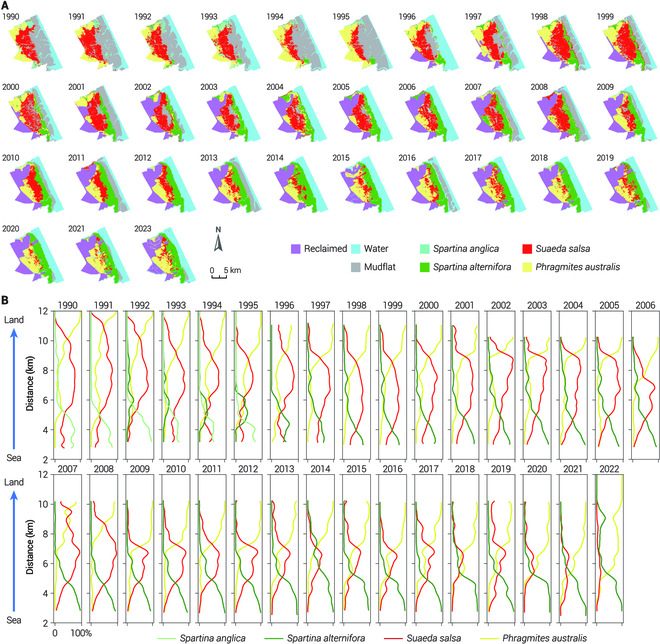Using the Google Earth Engine (GEE) platform, Landsat series remote sensing data from 1990 to 2022 were systematically acquired, encompassing TM5, ETM+ (Landsat 7), OLI (Landsat 8), and OLI (Landsat 9) sensors. To ensure data quality for subsequent analyses, key spectral bands—near-infrared (NIR), red, and green—were selected and fused.
GBF Alignment: Supports GBF Target 21.
Contribution: Enhances decision-making with real-time, validated datasets, adding value to existing conservation efforts through technological innovation.
